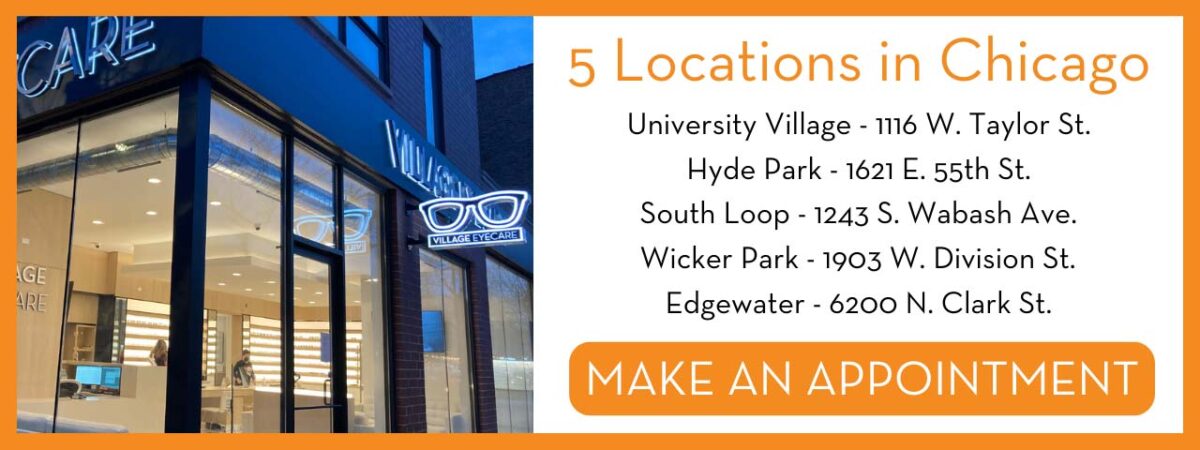Recognizing the Different Vision Adjustment Procedures Available for Clearer View
In the realm of vision correction procedures, a wide variety of options exist to attend to refractive errors and give individuals with clearer sight. Let's discover the complexities of these treatments and dropped light on the path to achieving improved vision clearness (Cardiologist Andalusia).
LASIK Surgery
LASIK surgery is a typical refractive procedure utilized to fix vision problems such as farsightedness, astigmatism, and nearsightedness. This medical technique, which stands for Laser-Assisted in Situ Keratomileusis, intends to improve the cornea to boost just how light is focused on the retina, ultimately enhancing vision clearness.
One of the key advantages of LASIK surgery is the fast renovation in vision experienced by patients. Generally, LASIK surgical procedure is a preferred choice for individuals looking for a long-lasting service for their vision issues.
PRK Treatment

PRK is an appropriate alternative for individuals with thin corneas or those at a greater threat of eye injuries, as it does not entail developing a corneal flap. The recovery process for PRK is slightly longer compared to LASIK, as the epithelium needs time to regenerate. Clients might experience discomfort and blurry vision for a couple of days following the treatment.
Regardless of the longer recuperation time, PRK can generate superb lead to vision renovation, making it a valuable choice for those that may not be suitable candidates for LASIK surgery. - Neurologist Andalusia
Implantable Lenses
In comparison to PRK where the cornea is improved straight, implantable lenses provide one more approach for correcting vision by placing artificial lenses inside the eye. This treatment is especially advantageous for people with high levels of astigmatism, farsightedness, or nearsightedness who may not appropriate candidates for laser surgical treatments like LASIK or PRK.
Implantable lenses, likewise called phakic intraocular lenses, job by supplementing the eye's all-natural lens with a man-made one. These lenses can be positioned in front of the natural lens (anterior chamber) or behind the iris and before the natural lens (posterior chamber) By changing the power and positioning of Click Here these lenses, ophthalmologists can properly correct refractive errors and enhance aesthetic skill.
One benefit of implantable lenses is that they are exchangeable and removable, offering adaptability for future changes. As with any type of surgical treatment, there are threats included, such as infection or cataract formation. Patients considering implantable lenses should talk to an eye care professional to figure out the most suitable alternative based upon their individual needs and eye health.
Corneal Rings

The procedure for putting corneal rings is minimally invasive and reasonably fast, often performed as an outpatient procedure. During the surgical procedure, the ophthalmologist makes a little laceration in the cornea and inserts the rings at a certain depth. As soon as in position, the rings assist to improve the cornea, offering a smoother surface for light to enter the eye, which can lead to more clear vision.
Corneal rings are thought about a relatively easy to fix treatment, as they can be eliminated or replaced if required. While they might not entirely eliminate the demand for glasses or contact lenses, corneal rings can considerably improve vision quality click this site and general visual convenience for individuals with keratoconus or various other corneal abnormalities.
Refractive Lens Exchange
Following the correction of corneal irregularities with treatments like corneal rings, another vision correction method that can address refractive errors is Refractive Lens Exchange (RLE) RLE is a procedure that involves changing the eye's natural lens with a man-made intraocular lens (IOL) to remedy refractive errors such as nearsightedness, presbyopia, and farsightedness. This treatment is particularly valuable for people who may not appropriate prospects for treatments like LASIK or PRK as a result of elements such as thin corneas or high refractive mistakes.
RLE belongs to cataract surgery, as both include removing the eye's natural lens; nonetheless, in RLE, the lens is clear, not cloudy as in cataracts. The artificial lens implanted throughout RLE can be personalized to attend to the individual's particular refractive mistake, giving clear vision at informative post various ranges. Recovery time for RLE is relatively quick, and people can expect enhanced vision right after the procedure. Similar to any type of operation, prospective threats and difficulties exist, so a complete consultation with an eye care specialist is important to establish if RLE is the appropriate vision correction choice.
Conclusion

In the world of vision correction procedures, a plethora of choices exist to deal with refractive mistakes and give individuals with more clear view.LASIK surgical procedure is an usual refractive procedure used to correct vision issues such as farsightedness, nearsightedness, and astigmatism.While additionally an usual refractive procedure, the PRK (Photorefractive Keratectomy) technique differs from LASIK surgery in its approach to fixing vision troubles.Complying with the improvement of corneal irregularities with treatments like corneal rings, another vision adjustment method that can deal with refractive mistakes is Refractive Lens Exchange (RLE) LASIK surgical procedure, PRK procedure, implantable lenses, corneal rings, and refractive lens exchange are all options that can address different vision problems.